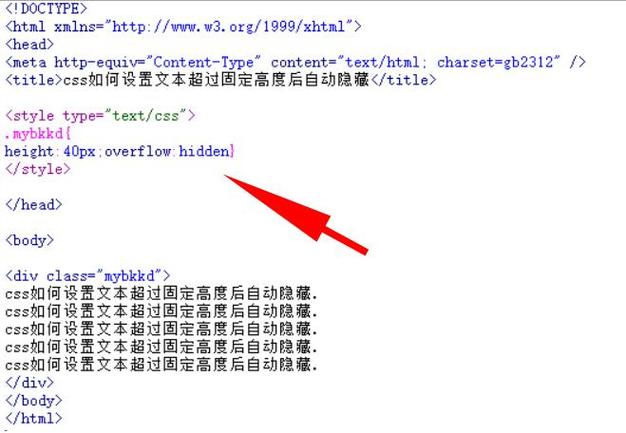在编程中,"隐藏属性"通常指的是将某些属性或方法设置为私有(private),这样它们就不能被类外部的代码直接访问,这种设计可以提高代码的安全性和封装性,以下是在一些常见编程语言中设置隐藏属性的方法:
1. Java

(图片来源网络,侵删)
在Java中,可以使用private关键字来声明私有属性,这些属性只能在类的内部访问,不能被外部类直接访问。
public class MyClass {
// 私有属性
private int myPrivateAttribute;
// 公共方法,用于获取私有属性的值
public int getMyPrivateAttribute() {
return myPrivateAttribute;
}
// 公共方法,用于设置私有属性的值
public void setMyPrivateAttribute(int value) {
this.myPrivateAttribute = value;
}
}2. Python
在Python中,可以通过命名约定(如使用前导下划线)来表示一个属性是“保护的”或“私有的”,这只是一种约定,并不能真正阻止外部访问,真正的私有属性应该以双下划线开头。
class MyClass:
def __init__(self):
self.__private_attribute = 0 # 私有属性
# 公共方法,用于获取私有属性的值
def get_private_attribute(self):
return self.__private_attribute
# 公共方法,用于设置私有属性的值
def set_private_attribute(self, value):
self.__private_attribute = value3. C++
在C++中,同样可以使用private关键字来声明私有属性。
class MyClass {
private:
int myPrivateAttribute; // 私有属性
public:
// 公共方法,用于获取私有属性的值
int getMyPrivateAttribute() const {
return myPrivateAttribute;
}
// 公共方法,用于设置私有属性的值
void setMyPrivateAttribute(int value) {
myPrivateAttribute = value;
}
};4. JavaScript (ES6+)
在JavaScript中,可以使用Symbol或者#前缀来创建私有属性(从ES2020开始支持)。
使用Symbol

(图片来源网络,侵删)
const privateAttribute = Symbol('privateAttribute');
class MyClass {
constructor() {
this[privateAttribute] = 0; // 私有属性
}
// 公共方法,用于获取私有属性的值
getPrivateAttribute() {
return this[privateAttribute];
}
// 公共方法,用于设置私有属性的值
setPrivateAttribute(value) {
this[privateAttribute] = value;
}
}使用# 前缀(ES2020+)
class MyClass {
#privateAttribute = 0; // 私有属性
// 公共方法,用于获取私有属性的值
getPrivateAttribute() {
return this.#privateAttribute;
}
// 公共方法,用于设置私有属性的值
setPrivateAttribute(value) {
this.#privateAttribute = value;
}
}通过这些方法,你可以在不同的编程语言中实现隐藏属性,从而提高代码的安全性和封装性。

(图片来源网络,侵删)









评论列表 (0)